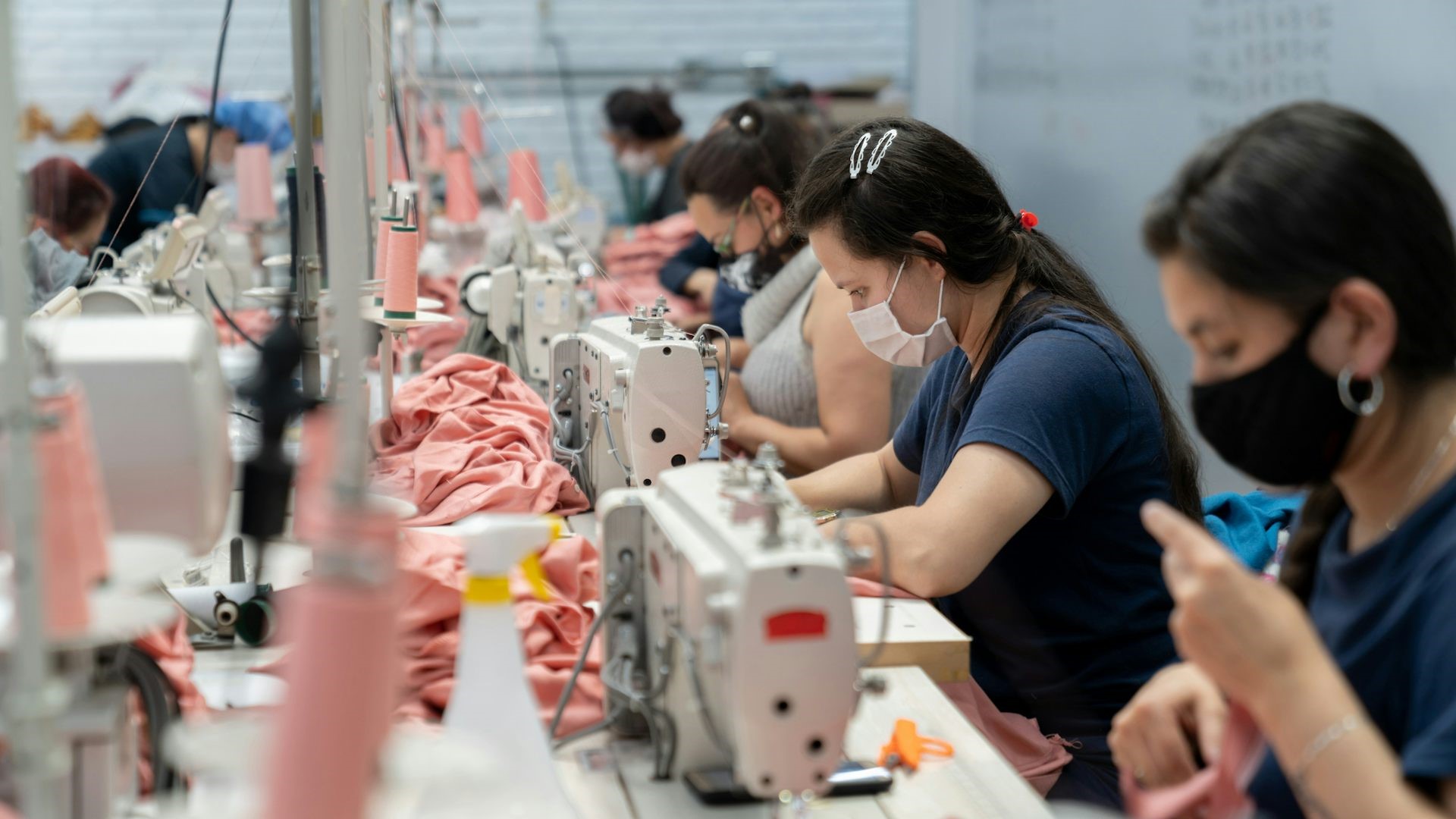Molecules, Vol. 28, Pages 6971: Chemistry of Carbon-Substituted Derivatives of Cobalt Bis(dicarbollide)(1−) Ion and Recent Progress in Boron Substitution
Molecules doi: 10.3390/molecules28196971
Authors: Lucia Pazderová Ece Zeynep Tüzün Dmytro Bavol Miroslava Litecká Lukáš Fojt Bohumír Grűner
The cobalt bis(dicarbollide)(1−) anion (1−), [(1,2-C2B9H11)2-3,3′-Co(III)](1−), plays an increasingly important role in material science and medicine due to its high chemical stability, 3D shape, aromaticity, diamagnetic character, ability to penetrate cells, and low cytotoxicity. A key factor enabling the incorporation of this ion into larger organic molecules, biomolecules, and materials, as well as its capacity for “tuning” interactions with therapeutic targets, is the availability of synthetic routes that enable easy modifications with a wide selection of functional groups. Regarding the modification of the dicarbollide cage, syntheses leading to substitutions on boron atoms are better established. These methods primarily involve ring cleavage of the ether rings in species containing an oxonium oxygen atom connected to the B(8) site. These pathways are accessible with a broad range of nucleophiles. In contrast, the chemistry on carbon vertices has remained less elaborated over the previous decades due to a lack of reliable methods that permit direct and straightforward cage modifications. In this review, we present a survey of methods based on metalation reactions on the acidic C-H vertices, followed by reactions with electrophiles, which have gained importance in only the last decade. These methods now represent the primary trends in the modifications of cage carbon atoms. We discuss the scope of currently available approaches, along with the stereochemistry of reactions, chirality of some products, available types of functional groups, and their applications in designing unconventional drugs. This content is complemented with a report of the progress in physicochemical and biological studies on the parent cobalt bis(dicarbollide) ion and also includes an overview of recent syntheses and emerging applications of boron-substituted compounds.

 6 months ago
21
6 months ago
21


